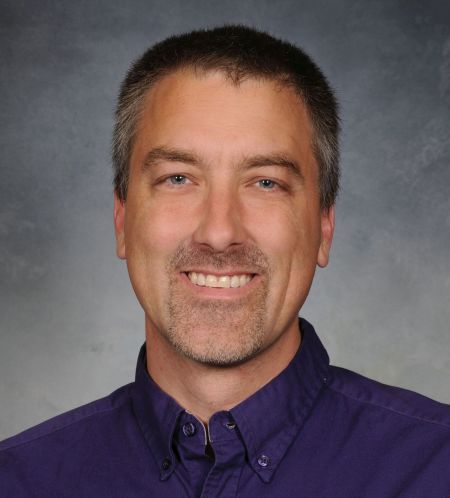April 7, 2020
4-H Fundamentals: Do, Reflect, Apply

This weekly series is looking at the core tenants of 4-H youth development that have shaped our work for over 115 years in Kansas. In this time of disruption and unknowns, I want to remind us of what we know to be true about the science of positive youth development throughout the history and practice of Kansas 4-H! From there, we can apply the facts of what we know about the science to our present situation.
One of the cornerstones of the 4-H experience is summarized by the 4-H Motto: Learn by doing. 4-H organizes a supportive community to invite youth into and find a place of belonging. In that 4-H community, we seek to discover and grow youth interests or sparks through 4-H projects and learning together. Finally, 4-H organizes a pathway of showcase opportunities (from local, university, state or national levels) for youth to demonstrate what they have learned.
One of the key concepts 4-H practices is summarized by the Kolb model of learning. We call it the Experiential Learning Model. Simply stated: DO, REFLECT, APPLY.
By helping youth build these active, reflective, and change skills, resilience can grow. Let me illustrate.
- By helping youth identify and plan (i.e. goal setting) in project learning, youth grow in confidence and self-efficacy.
- By guiding 4-Hers through reflection about their experiences in project learning, youth grow the abilities to see their efforts from a different perspective and receive appropriate feedback in order to help grow healthy critical thinking skills.
- By identifying areas to improve or try differently within a supportive community, a growth mindset begins to take root.
- Lastly, by putting that change into a subsequent action (i.e. apply) youth are able to experience that change.
When youth can internally pursue change, they grow resiliency skills to handle the stressors when change happens externally.
How might this same process of DO, REFLECT, APPLY inform our 4-H work when our regular processes and events are upended?
These principles can serve as our anchor.
The first Kansas State 4-H Program Leader, Otis Hall, 100 years ago penned,
“We're not trying to make farmers out of all these boys. We don't care how many hogs or cabbages he raises; it's the boy we're interested in. We're trying to build self-reliance, good judgment and character. For many, 4-H is a stepping stone.”
The purpose of 4-H is not the project, but rather how the 4-H project impacts the learning and development of youth.
The 4-H project does ground our focus and give reason for our engagement, but the ultimate purpose of project-based interaction between youth, parents, volunteers and professionals is to create space and context for decision making. Growing youth capacity for decision making is a key component of resiliency. Helping youth try new things, learn from mistakes or setbacks, and encourage others in their learning are all components of thriving 4-H communities. The ability to make a decision is at the core of DO, REFLECT, APPLY.
And in light of all the uncertainty around us today, the ability to identify what we can do is so very important. It is so very easy to become blinded to what we can do in comparison to what we cannot do.
We know this to be true in our own lives. For example in my own life as a Christian, this week has special meaning because it reminds me of the story of how an individual chose love and sacrifice in the face of overwhelming challenge and despair in order to change the narrative. The Easter story illustrates how hope rose right in front of people from the most unlikely of places and changed history. Your own faith or experiences might have similar stories of personal actions overcoming tremendous odds.
Living within our present crisis context, it is easy to focused upon things we cannot control. But there is a better alternative. We can choose to focus on the possibilities right in front of us. We can get creative and maximize the opportunities to connect with people we know and love. In 4-H, whether as a parent, volunteer or professional, we check in with youth, encourage and join them in their learning, and we can create stages for them to share that learning with others. This situation challenges our existing methods of connecting, engaging and showcasing, but DO, REFLECT, APPLY still guides our work and grows the skills we all want to celebrate in 4-H.
I am so thankful for the great work and creativity that is already happening across Kansas 4-H. I do not know for sure, but the challenges will likely continue. I am so encouraged by the spirit of generosity in sharing resources and expertise from across our system (national, neighboring states, across counties) to help us all be successful. We are building the 4-H future beyond this pandemic with each and every daily decision. Let’s DO, REFLECT, APPLY together.
Additional Resources: https://www.kansas4-h.org/resources/docs/Experiential%20Learning%20Model.pdf.
Video on 4-H Experiential Learning Model: https://www.youtube.com/watch?v=n_3jy5Tts-Q.